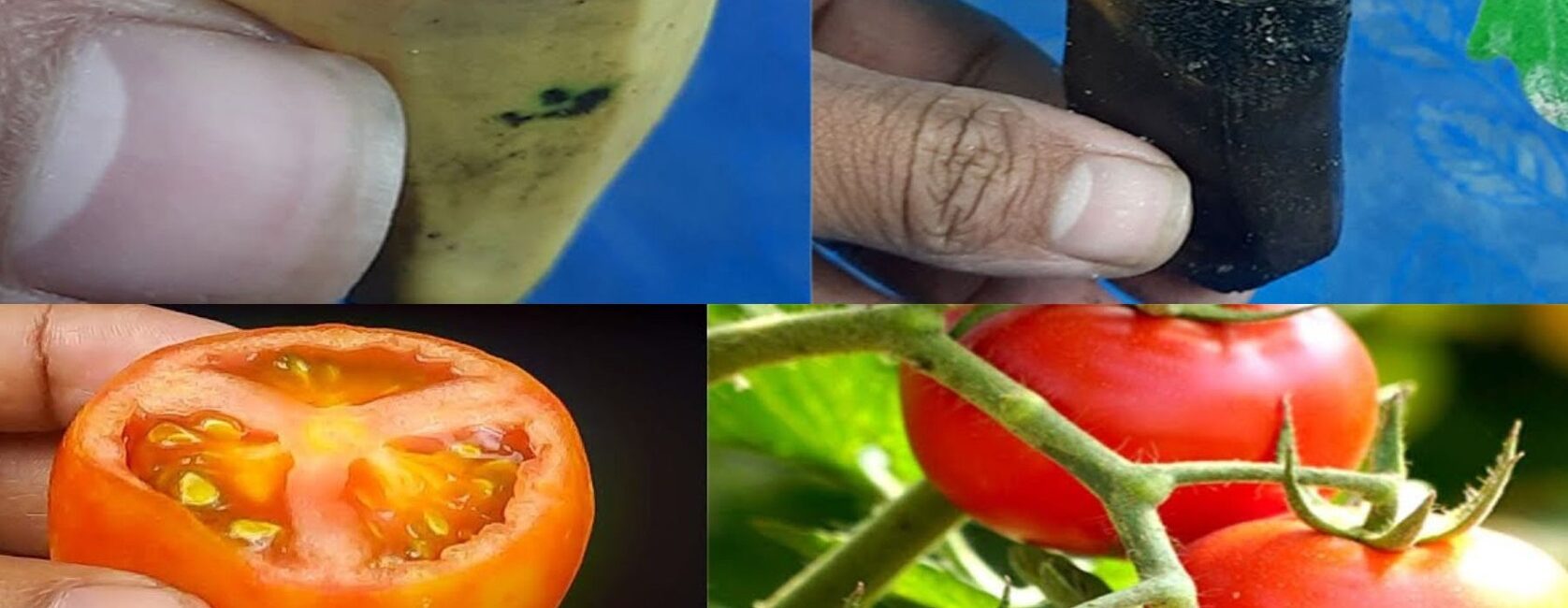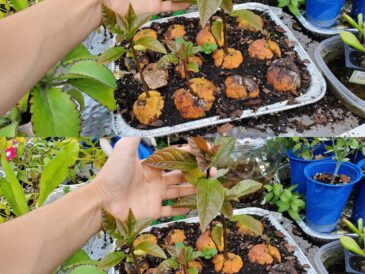- Use a fertilizer applicator to feed the plants weekly, applying directly to the leaves.
- Once the first shoots emerge, apply 2-3 teaspoons of ammonium sulfate around each plant and water thoroughly.
- Harvest tomatoes when they reach 30% ripeness to deter birds.
- Store tomatoes at room temperature to maintain flavor and prevent spoilage, avoiding refrigeration.
Tomato Care Information
To ensure optimal growth conditions for tomatoes, it’s crucial to provide a rich soil environment, ample sunlight exposure, and regular watering to prevent diseases. Le Jardinier Malin offers expert advice on creating the ideal tomato environment.
- Optimal Sun Exposure: Tomatoes thrive in direct sunlight.
- Shoot Removal: Prune “sucker shoots” that sap nutrients and hinder plant growth.
- Pruning: Trim the plant head after it reaches a suitable height, leaving five sets of leaves intact.
- Soil Maintenance: Regularly till and weed the soil to prevent weed growth.
- Fertilization: Use organic fertilizers like comfrey or nettle manure to strengthen plants and ward off diseases. Specialized organic tomato fertilizers can be applied monthly for visually appealing results.
Tomato Diseases
Tomatoes are susceptible to various diseases, identifiable by specific symptoms:
- Tomato Downy Mildew: Black spots on leaves.
- Powdery Mildew: White powdery growth on leaves.
- Aphids: Curling of tomato leaves.
- Whitefly: Small white flies under leaves, requiring plant-based insecticide treatment or companion planting with nasturtiums.
- Tomato Miner: Larvae that create tunnels in leaves, stems, and fruits.
- Early Blight: Necrotic spots and black lesions on tomatoes.
By following these guidelines and practices, you can cultivate robust tomato plants and enjoy a bountiful harvest throughout the summer.
Pages: 1 2




